
Rise of the Aspirational Left voters reshaping Australia
Category:Demographics,Election ProfilesHere’s a snip of an ADS/ESRI online map showing dark red shading for the three federal seats of Brisbane, Griffith and Ryan. All three seats were won by the Greens from the Liberals or from Labor in 2022, despite big Two Party Preferred (2PP) swings and votes to the ALP.
These seats are coloured red because they’re among the top-rated seats in Australia for our new Aspirational Left Index prepared by Australian Development Strategies for our new 2021 Census modelling database.
Unfortunately for the ALP Candidates in these three seats, the Coalition was so on the nose with the Aspirational Left in 2022, that the three Coalition candidates each lost more than 10 percent of their 2019 primary vote.
This ten percent loss from the Coalition leaked strongly to local hard-working Green candidates, rather than to Labor, putting the Greens ahead of Labor in the final distribution of preferences, with four out five Labor voters then tipping out the leading Coalition candidate and electing the Green.
This story played out across the nation in 2022, with 20 seats changing hands. The Coalition lost 18 seats, ten to the Labor Party, six to Teal Independents and Ryan and Brisbane to the Greens. Labor lost Griffith to the Greens and Fowler to an Independent.
Of these 20 seats changing hands in 2022, 14 of them are among the list of our top seats on the Aspirational Left Index. In other words, Aspirational Left voters decided which party won Government in 2022 and which MPs dominated the cross benches.
Radio National Podcast on Aspirational Left role in elections, from March 3, 2023:
Could a new demographic tip the NSW state election? – ABC Radio National
Could a new demographic tip the NSW state election? (Unsplash: Daria Nepriakhina)
Australian Financial Review Aspirational Left feature article, from March 2, 2023 for AFR subscribers:
BACKGROUND TO THE RESEARCH
When the Australian Electoral Commission provided the final Two Party Preferred votes and swings from the May election in the second half of 2022, we were able to use the 2021 Census results to re-calculate our 2022 election profiles and all our Stereotypes and models of unemployment, participation rates, wealth, taxable incomes, sources of income, transfer payments, school enrolments and school fees.
We then began using the new census when our Education Geographics (EGS) arm profiled enrolment churn across more than 120 Australian non-government schools and our Health Geographics (HGS) arm profiled an unexplained surge in numbers of Australians taking out private health insurance.
Across these three areas of research by ADS/EGS/HGS we began seeing the influence on voting, choice of education sector and increase of private health insurance by a new aspirational and transactional demographic group we named the Aspirational Left.
Big components of the Aspirational Left include Professional Women and Asian Migrants. Professional women are now the fastest growing occupational group among Australian workers and Migrants now make up more than 50 percent of Australian Population increases since 2001.
These groups are therefore likely to increase in numbers and influence in Australia in the coming decade and exert a strong and growing influence over future state and federal elections and the uptake of private education and private health insurance.
At ADS/EGS and HGS we will be including this new group in all our future modelling.




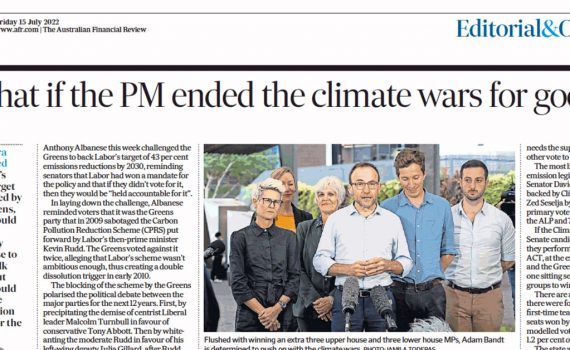
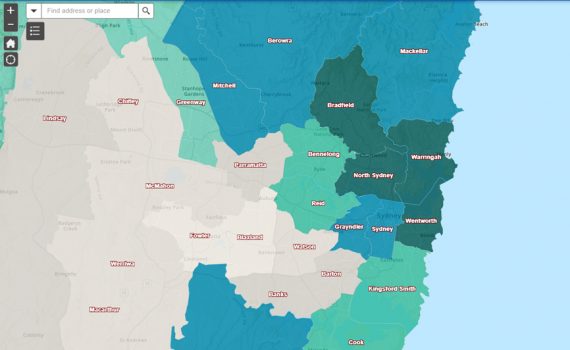




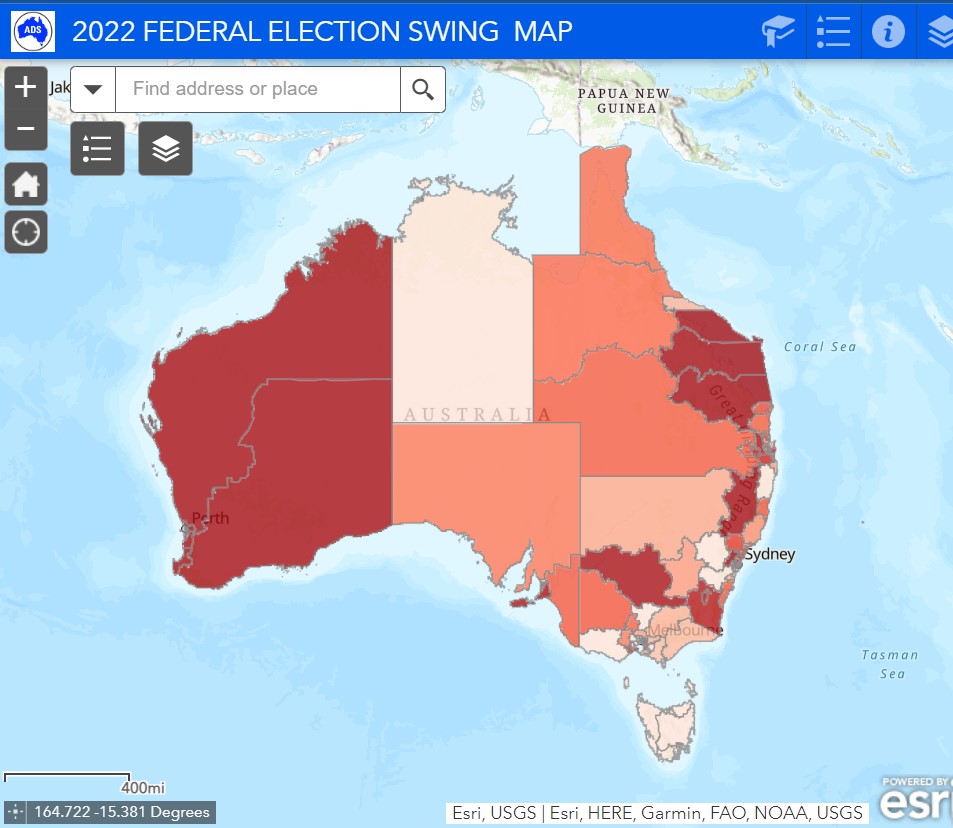
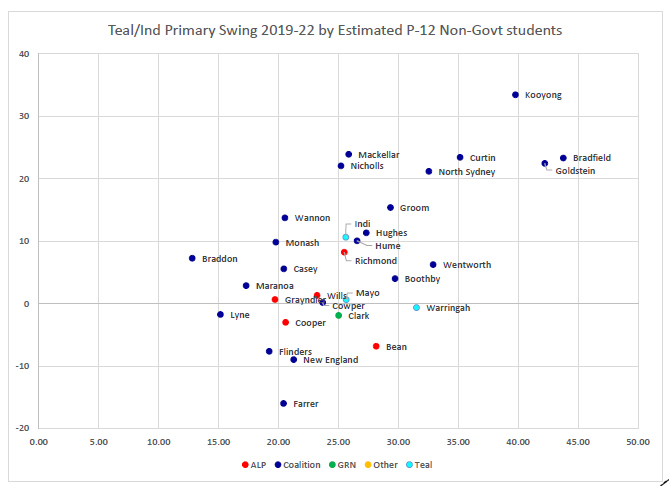

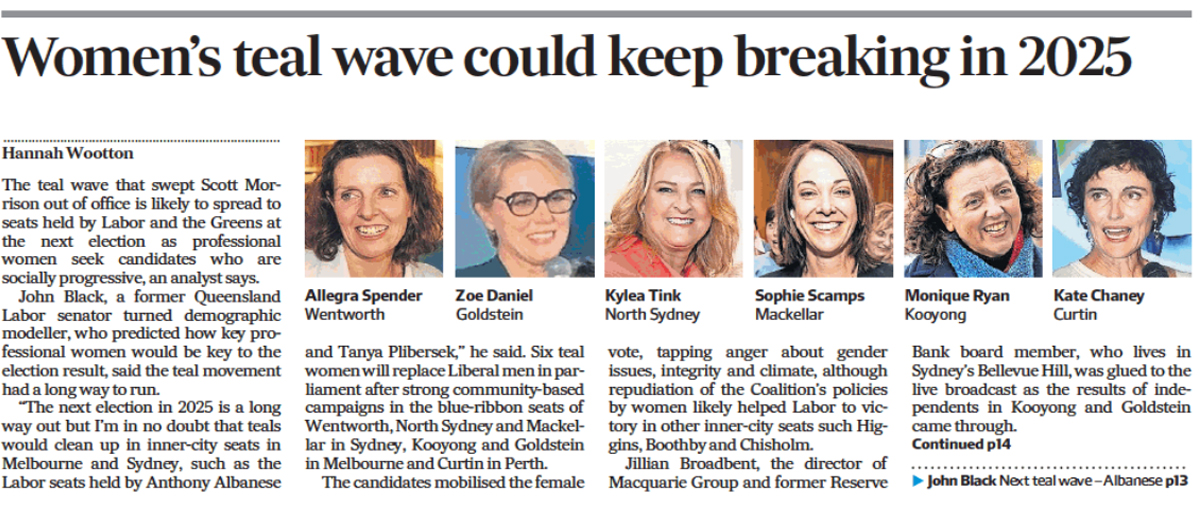





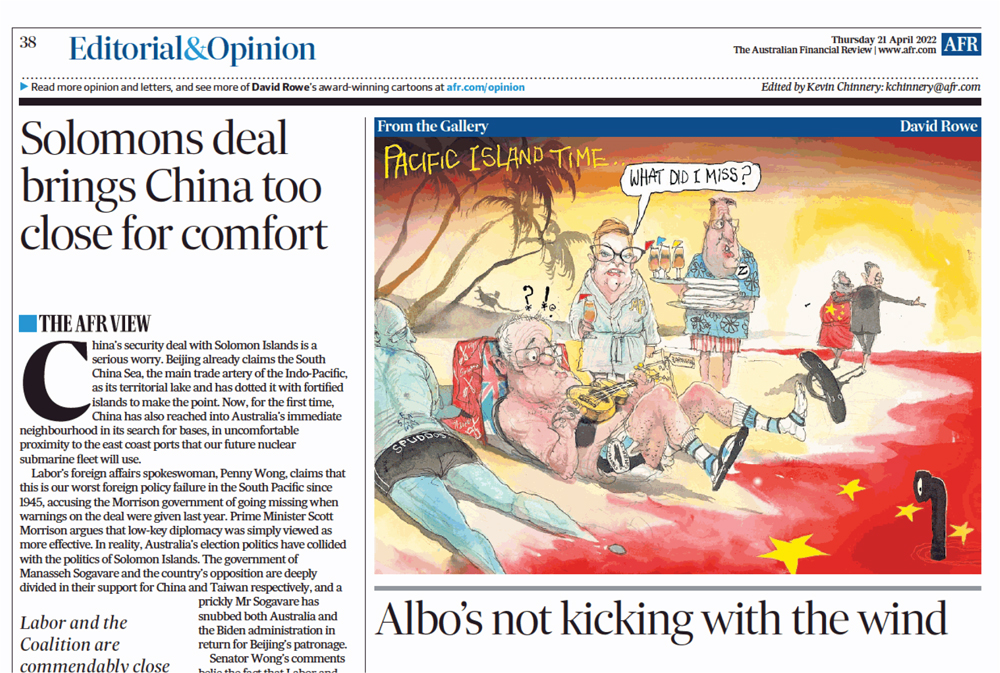

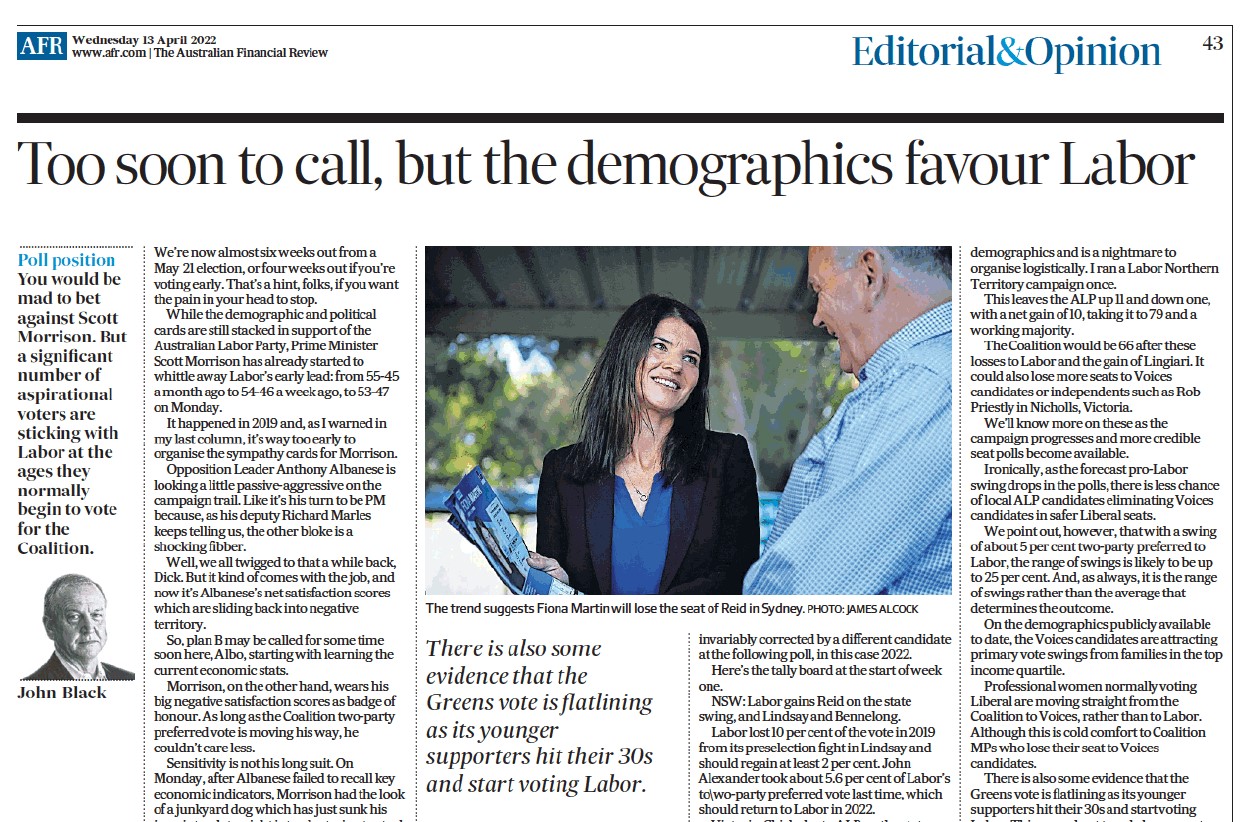



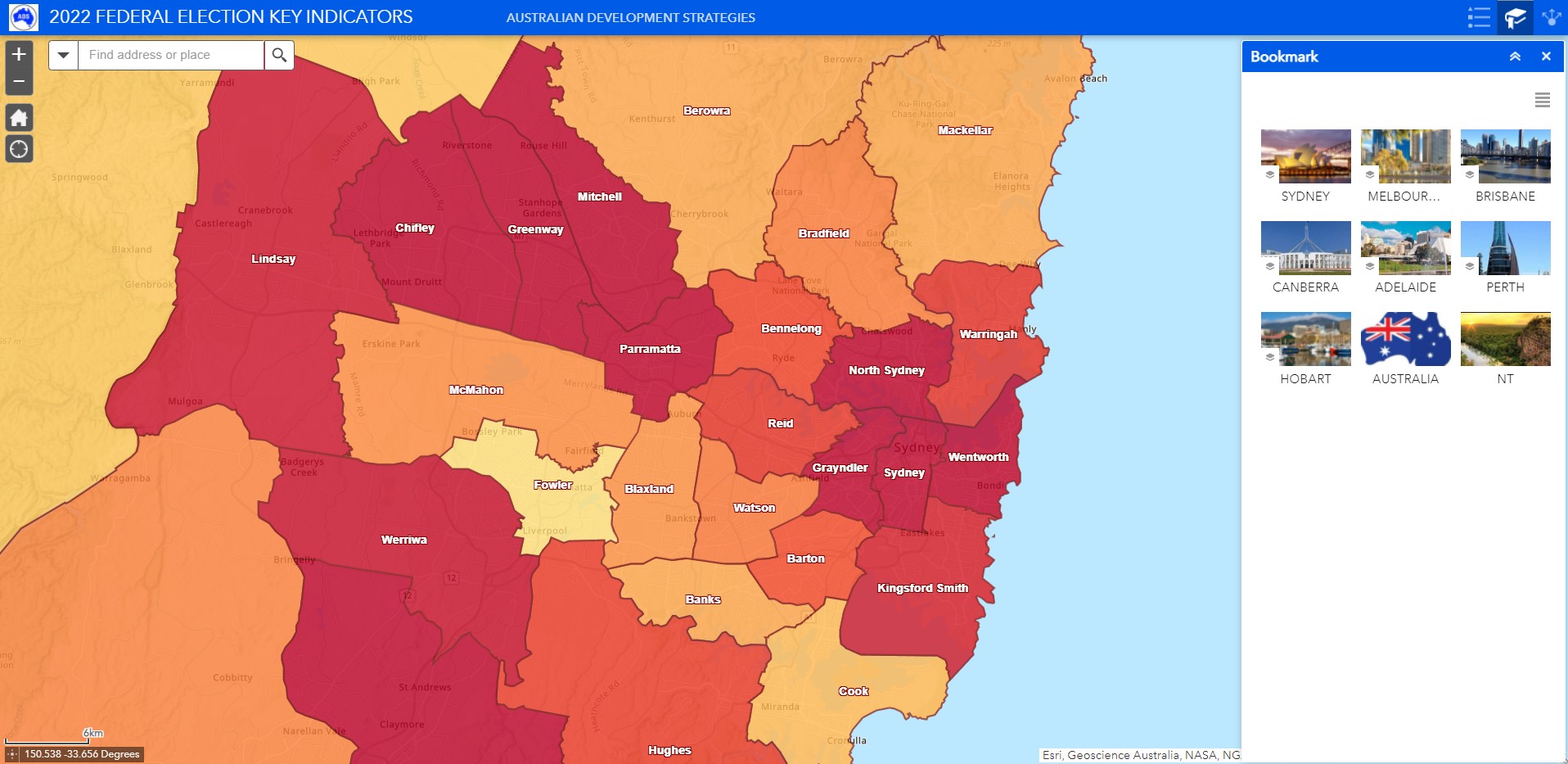

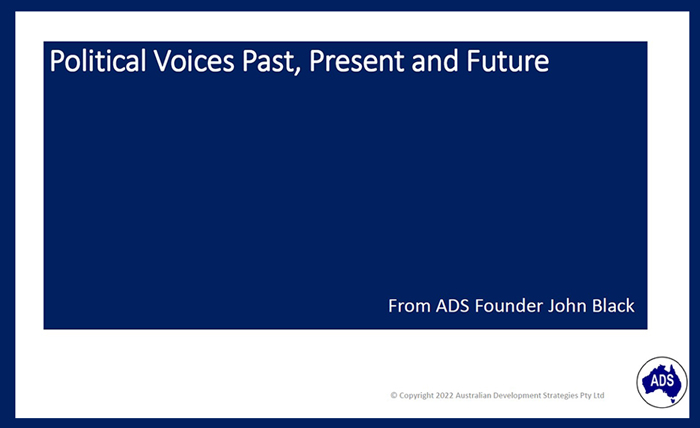


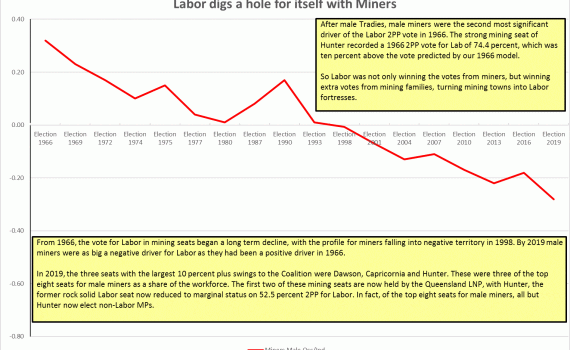








Jun 22
-
2022 Federal Election Swing Map
Category:Election Profiles,MAY 21 ELECTION COMMENTSThe big winners and losers in the 2022 Election can be seen in our online interactive ADS 2022 Election Map.
The five big players in 2022 were the traditional majors: the ALP and the Coalition, but also the minor parties, like the Greens, the Teals and the Others (including One Nation and the UAP).
The influence of the minor parties in 2022 was wielded not so much through their preferences, but through the sheer size of their primary votes, as the support base for the major parties shrunk, with the ALP going backwards in some of its once-safest seats in Victoria to One Nation, the UAP and the Teals and the Liberal Party copping an absolute hiding in its wealthiest seats to Independents and in its former stronghold of Western Australia.
Teal campaigns run by the Climate 200 group wiped out the Green primary vote when they both ran in safe Liberal like Kooyong, but where there was no Teal candidate, as we saw in three Brisbane River seats won by the Greens, the Liberal primary vote losses switched directly to the Greens.
The primary vote for the Others group exceeded 20 percent after ten percent plus swings to the minor parties in normally-solid Labor seats across Victoria, NSW and Tasmania.
While the Liberal Party has a problem in its safest seats with the higher-income Teals, the ALP has a problem in its safest, lower-income seats, with right wing minor parties.
The interactive Esri map also shows an innovative cube layer for two of the key demographic drivers for the Teal vote: Female Professionals and Top Quartile income earners, so you can see how these two variables interact.
See story in The Australian Financial Review
Click to view interactive ADS 2022 Election Map